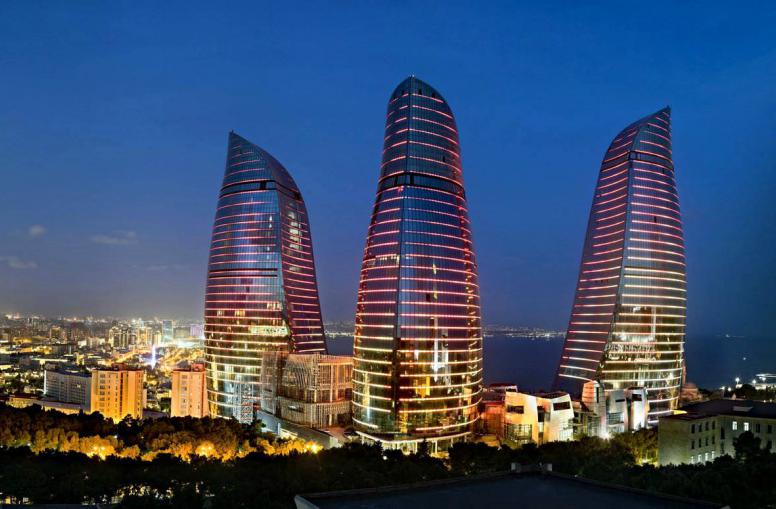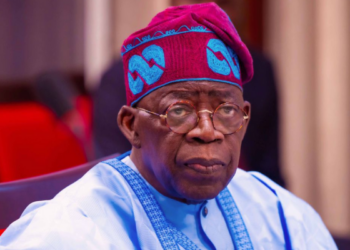Azerbaijan, which gets 95 per cent of its exports and 70 per cent of government revenues from oil exports, today floated its currency, the Manat, as its economy continues to suffer from falling oil prices.
The country’s central bank said in a statement: “The central bank has decided to switch to floating Manat rate from Dec 21. Based on that, the manat rate will be determined by demand and offer on the forex market”.
CNBC also reports the central bank as saying that the decision was taken because of increasing external shocks, to ensure the balance of payments, preserve foreign currency reserves and to maintain the competitiveness of its national economy, adding that Azerbaijan is one of several former Soviet republics that have been forced to devalue their currencies following a plunge in oil prices and Russia’s Rouble.
Azerbaijan, very much like Nigeria, depends heavily on the commodity for export proceeds and government revenue, and as such, is very vulnerable to oil price swings.
The country is also similar to Nigeria in the sense that it has limited forex reserves with which it can successfully defend its currency.
But Unlike Nigeria, Azerbaijan is taking a different approach to the matter.
At the start of 2015, Azerbaijan had one of the largest forex reserves among the Commonwealth of Independent States (CIS), a group of former Soviet states. It had $51 billion or 65% of its GDP in reserves, according to Rencap’s research. According to analysts, the move was to support the balance of payments, ease pressures on reserves and prevent the build-up of imbalances in the economy
Prior to this, in February this year, Azerbaijan devalued its currency by 25%. A move that was followed by Kazakhstan, which devalued its currency, the Tenge, by 26%.
Kazakhstan’s case was very striking because both the Tenge and the Naira had very similar trajectories, and like Azerbaijan, both countries are very dependent on oil.
What does this mean for Nigeria?
Rencap estimated in August that the Nigerian Naira was 20% overvalued, and that the exchange rate should rest at N240/$ according to its real effective exchange rate analysis. But the insistence on a strong currency by the CBN and government officials could see it devalue to a lesser degree.
A key observable difference however, between Nigeria and these other countries is that Nigeria’s economy is far larger and dynamic, making things a bit more complex. (Nigeria’s GDP stands at $568.5 billion; Kazakhstan, $231.9 billion; Azerbaijan $75.20 billion). Oil related industries account for well over 90% of the Azerbaijani economy, while in Nigeria oil accounts for less 20% of GDP. This makes Nigeria’s prospects for exports and diversification far brighter.
Either way, Nigeria will be set to see further depletion in reserves, if it continues on the path of currency defense.
The administrative or demand management measures adopted by the CBN may not be sustainable over the long term, (as shown by these two countries). The chasm between the official rate and the parallel rate appears too wide not be exploited by speculators.
The CBN risks bringing the larger parts of the economy on its knees, if the administrative measures continue to be severe. We believe that the CBN will have to make a hard choice between: depleting the reserves to defend the currency, and allowing the Naira to float.
Key Facts:
| Nigeria | Azerbaijan | |
| GDP as at 2014: | $568.5 billion | $75.20 billion |
| Population (2014):
| 177.5 million | 9.5 million |
| Income Level:
| Lower Middle Income | Upper Middle Income |
| Poverty Headcount Ratio:
| 46.0% (As at 2009) | 5.3% (As at 2014) |
Source: World Bank

















